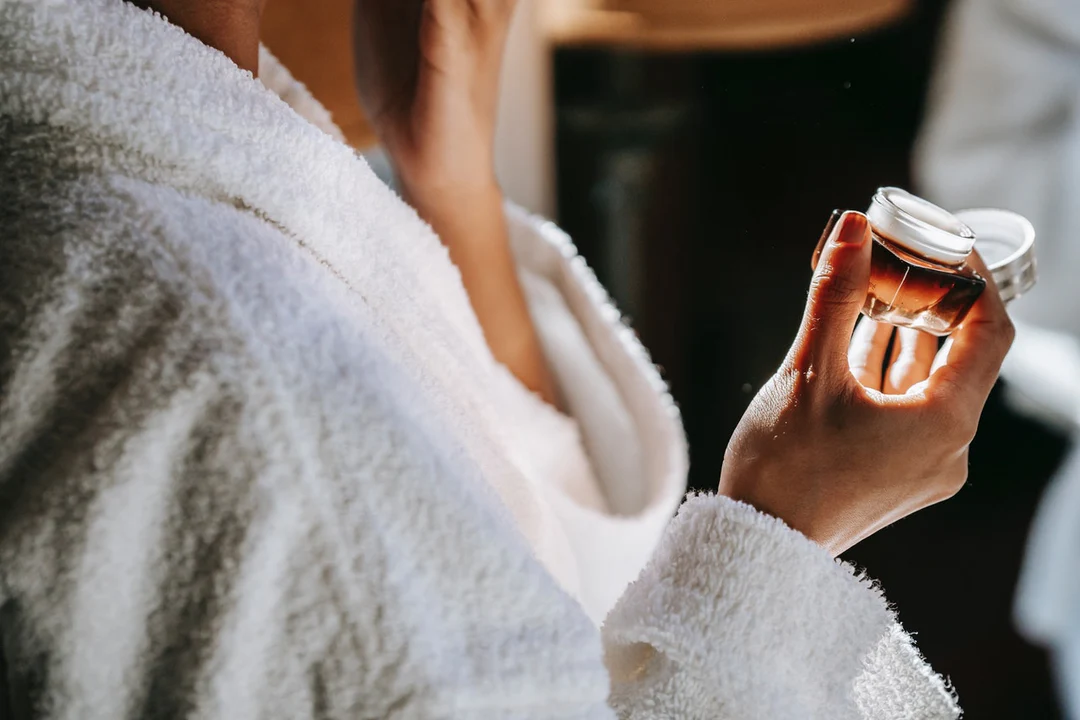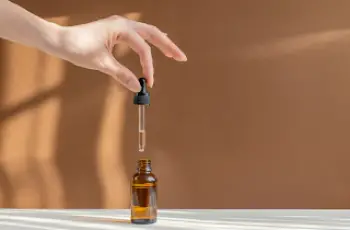
Can I take Vitamin C after microneedling?
The word microneedling can seem a little daunting and scary, but it is actually a useful skin treatment that can offer a host of benefits. The main benefit is the ability to encourage the skin to repair itself, which can visibly reduce the appearance of fine lines and wrinkles. It can also address other issues such as: B. Uneven skin texture caused by acne scars and other skin issues.
You may be thinking that this doesn’t sound so scary anymore and may be wondering how it works. So let’s take a quick look at how it delivers results and what benefits you can expect.
How does microneedling affect the skin?
Microneedling treatments use a small pen-like device covered in tiny needles that are rolled over the skin. The needles create small tears on the surface of the skin, sending signals to the skin to stimulate the production of collagen and elastin. This is because the skin mistakenly believes it has been damaged, so it responds by promoting the growth of new skin cells for a brighter, plumper, healthier and more youthful complexion.
Collagen and elastin are essential for supporting the structure and overall health of the skin. Collagen is found in the lower layers of the skin and is produced naturally to keep your face healthy and youthful. The downside is that collagen production decreases with age, leading to noticeable changes in your skin. Fine lines and wrinkles become more noticeable, and the skin’s lipid barrier is weakened, leading to further damage from free radicals such as exposure to UV rays, pollution, and other oxidative stressors.
Elastin, also known as skin protein, is responsible for keeping your skin flexible and elastic. Once elastin production decreases, the skin begins to sag and the face can look older than it actually is.
Microneedling is a popular treatment at many salons and spas and must always be performed by trained professionals in a safe and sterile environment. You can also choose to buy your own at-home device, but this requires a lot of research to ensure you’re using the treatment correctly without risking further damage to your skin. If you want my advice and have the budget to enlist the help of a professional, this is the route to take.
Since microneedling is such an incredibly useful treatment for maintaining healthy skin, you won’t be surprised to hear that there are some important factors to consider in your aftercare. For example, some active ingredients should be avoided completely, while others need to be reintroduced into your daily routine at the optimal time. Today we will explore whether or not you can use vitamin C after microneedling, so stay tuned because we will answer all your questions right now.
P.S. If you are wondering what vitamin C does for your skin, check out our blog post that goes into more detail about the benefits of this powerful agent.
Is vitamin C good for microneedling?
Yes and no. What I mean is that you should use vitamin C right after a microneedling treatment only if your dermatologist recommends it. Many skin experts believe that vitamin C has antioxidant properties that keep your skin healthy and speed up the healing process.
However, I recommend avoiding the use of vitamin C or other active ingredients like glycolic acid, salicylic acid, and retinol after microneedling. This treatment works by leaving small cracks in the skin, which can make it susceptible to irritation and unwanted side effects.
Remember to ask the professional performing the treatment if you can safely use a vitamin C serum, and things should become clearer.
What serum should you use after microneedling?
A serum rich in hyaluronic acid is the most important ingredient after microneedling. Due to hyaluronic acid’s moisturizing properties and different molecular sizes, it is an ingredient that works wonders for the skin and boosts the healing process. You’ll also find that microneedling helps the skin absorb hyaluronic acid quickly for maximum hydration.
You may also notice that your skin feels a little tight after microneedling, so a layer of a rich hyaluronic acid serum will provide the skin with the moisture it needs for a comfortable, radiant complexion.
Is it necessary to use a moisturizer after microneedling?
Absolutely! Applying a moisturizer to the skin after microneedling ensures that the lipid barrier is strengthened and hydrated. Using a moisturizer also forms a physical layer on the surface of the skin, ensuring that the skin is fully protected from oxidative stress caused by exposure to free radicals such as UV rays, pollution, central heating, and other environmental aggressors.
My only advice is to pay attention to the formula and choose products that are rich in hyaluronic acid, vitamin E and other nourishing active ingredients, without added fragrances, as these can cause skin irritation.
What not to do after a microneedling treatment?
Avoid ingredients that can strip the skin, such as retinol, AHAs (such as glycolic acid), and BHAs (such as salicylic acid). These acids are too strong for post-microneedling skin and can cause severe dryness, irritation, redness, and discomfort if used too soon after treatment while the skin is still healing.
You will notice some swelling and redness on the skin for at least 48 hours after treatment. This is completely normal and will subside shortly after these days. Here are some more examples of aftercare that, if followed correctly, can promote a healthy, repaired, radiant complexion.
Apply sunscreen regularly for the first two weeks after treatment. This protects the skin and ensures that skin aggressors do not cause further damage.
Avoid touching your face, as bacteria on your hands can lead to infection.
Do not wear makeup or use makeup brushes for the first 24 hours after microneedling.
Avoid swimming pools, saunas, and strenuous exercise that can cause excessive sweating.
The treatment should last for at least 72 hours and be followed generously with a hyaluronic acid serum to keep the skin hydrated and comfortable.
That’s it, I hope you found this helpful today. If you have any additional questions, come on over and find us on Instagram. We look forward to seeing you there!


